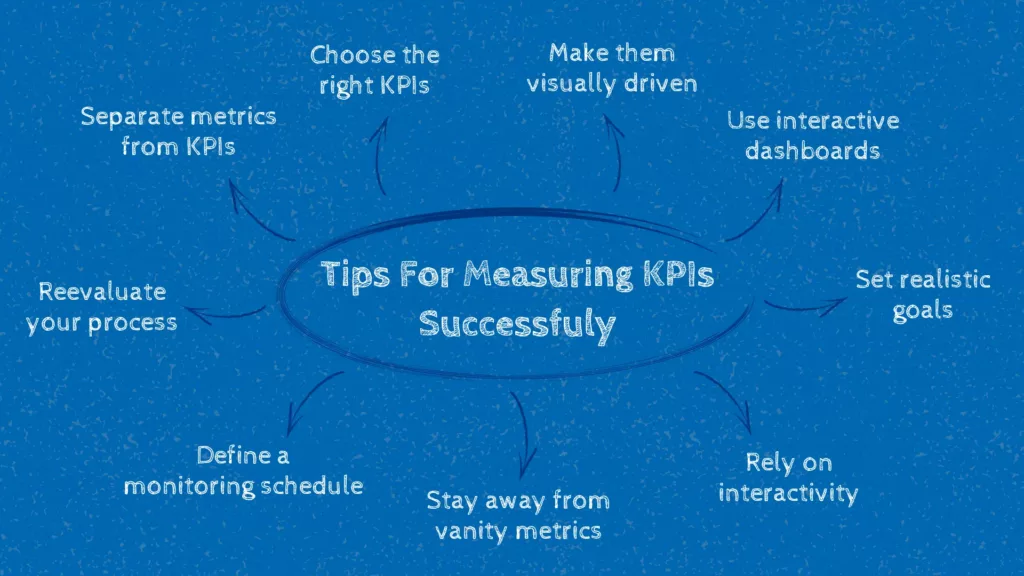
In today’s customer-centric business world, relying solely on operational metrics is no longer enough to measure success. Companies must also track how customers feel about their interactions. This is where blending operational KPIs (Key Performance Indicators) with Customer Experience (CX) metrics becomes essential.
When integrated effectively, this combination delivers a complete picture of performance, helping organisations drive efficiency and satisfaction simultaneously.
Understanding the Two Sides of KPIs
Operational metrics have traditionally been the backbone of performance measurement in call centres, retail operations, and service-based industries. These metrics focus on speed, accuracy, and efficiency — the measurable elements of business performance. Common examples include:
1. Average Handling Time (AHT)
The average time agents spend per customer interaction.
2. First Contact Resolution (FCR)
The percentage of queries resolved without follow-up.
3. Service Level
How quickly customers’ calls or messages are answered.
While these metrics are valuable, they tell only half the story. You might achieve quick response times but still fail to deliver a satisfying experience if customers feel rushed or unheard.
That is where CX metrics come in. CX indicators capture how customers perceive their journey and interactions. Examples include:
1. Customer Satisfaction (CSAT)
Direct customer ratings after service.
2. Net Promoter Score (NPS)
How likely customers are to recommend your business.
3. Customer Effort Score (CES)
How easy it was for them to resolve an issue.
Combining both sets of metrics reveals why certain results occur and provides actionable insights for improvement.
Why KPI Blending Matters
When operational and CX data are viewed in isolation, it is easy to make the wrong decisions. For instance, a team may reduce Average Handling Time to meet targets, but in doing so, agents might rush conversations, leading to lower CSAT scores. A KPI blend prevents such trade-offs by balancing efficiency with empathy.
This integrated approach also allows businesses to identify correlations. For example, high First Contact Resolution rates often align with higher NPS. By blending metrics, leaders can focus on the most impactful improvements — those that enhance both operations and customer loyalty.
Building an Effective KPI Blend Strategy
Creating a meaningful KPI blend requires aligning metrics with business objectives. Here is a practical framework:
1. Define Business Priorities
Start by understanding what your organisation values most — customer retention, efficiency, cost reduction, or growth. Choose KPIs that reflect these goals.
2. Combine Complementary Metrics
Blend operational and CX indicators that influence one another. For example:
Pair AHT with CSAT to balance speed with quality.
Link FCR with NPS to measure effectiveness and long-term satisfaction.
Connect agent utilisation rates with employee satisfaction to maintain sustainable workloads.
3. Use Data Analytics Tools
Modern call centre analytics and CRM platforms make it easy to merge data from multiple sources. These tools can visualise relationships between operational performance and customer sentiment, helping managers spot trends and act quickly.
4. Create Feedback Loops
KPI blends should not be static. Use real-time dashboards to adjust priorities based on changing conditions. For instance, if CSAT drops during high call volumes, adjust staffing or introduce automation to improve balance.
Conclusion
The future of performance management lies in connected intelligence — where operational and CX metrics work hand in hand. By merging these metrics thoughtfully, organisations do not just meet targets — they build stronger relationships, deliver consistent experiences, and achieve better outcomes for both their teams and their customers.

